Inspiration
5 Ways to Make Your Wedding Flowers More Sustainable
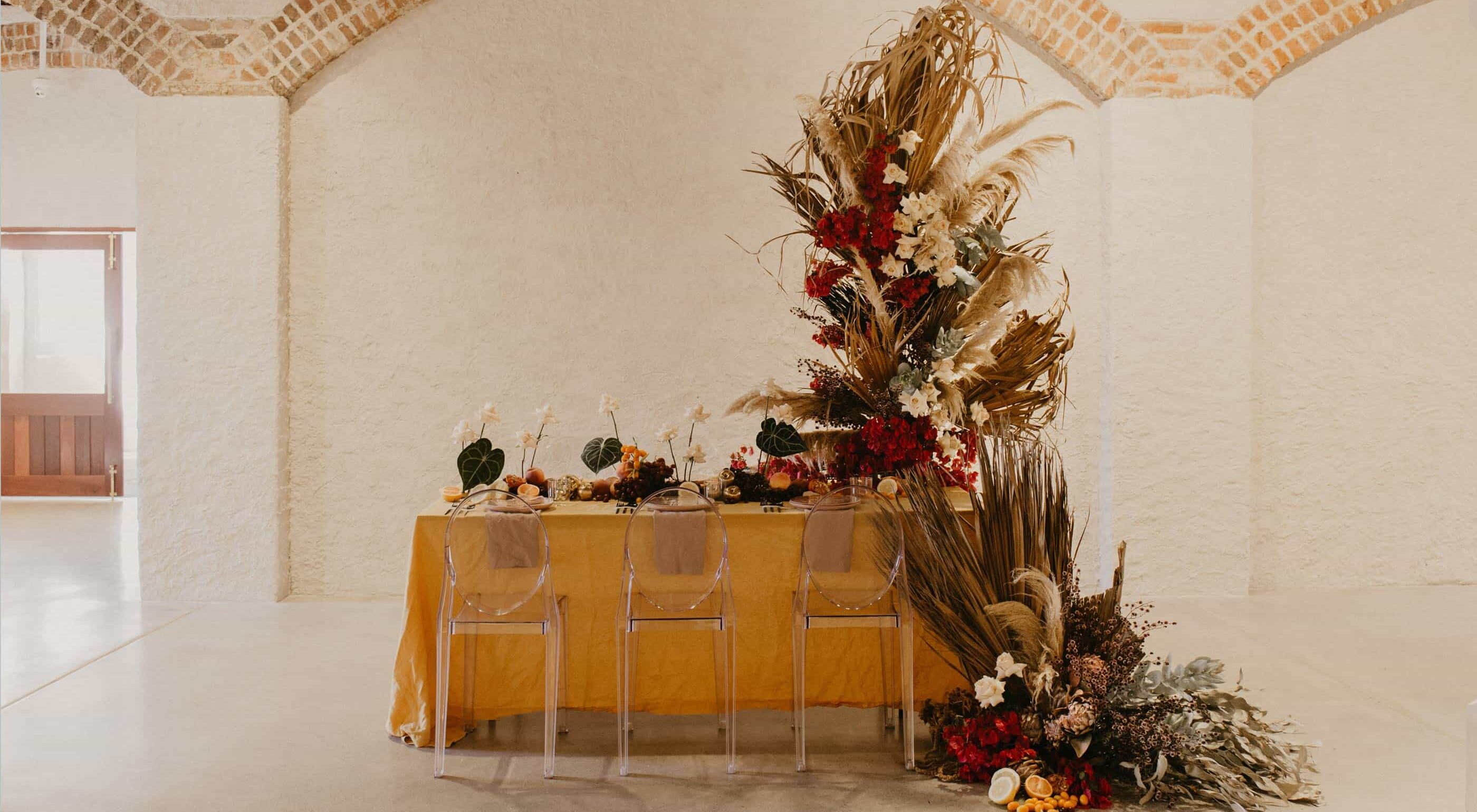
June 30, 2019
We’re pumped to see businesses and couples alike becoming more conscious of the environmental impact of weddings, and floristry is one area where this has become a real priority. And before you start picturing foraged posies and native-everything (not those things aren’t awesome) let us assure you that sustainable practices can still mean high end floral design.
We chatted to four of our fave eco-friendly florists – Megs from Good Grace & Humour, Ame from Raven & the Rose, Kate from Sir Botanical and Nat from Zinnia Floral Designs – about how they’re striving to leave a smaller footprint on the planet and how you can do the same when it comes to your wedding flowers, with these 5 tips:
1. Go floral foam free
Ditching the use of toxic floral foam or ‘oasis’ is probably the best thing your florist can do to reduce your floral footprint. Ame from Raven and the Rose says, “Floral foam is terrible for our environment and for us. There are many other alternatives and I love seeing so many florists getting around this and sharing ideas on ways we can limit it in our work. There’s a lot more knowledge about it now which is so great for our industry”.
Kate from Sir Botanical agrees and shares, “After the royal wedding going #FloralFoamFree there has been a huge push for other florists to do the same who weren’t already. So there is definitely a movement within the industry at the moment. I think now that plastic bags and straws are being phased out it’s really started an important dialogue across a wide range of industries and we are definitely trying our best to work with the environment in mind.”
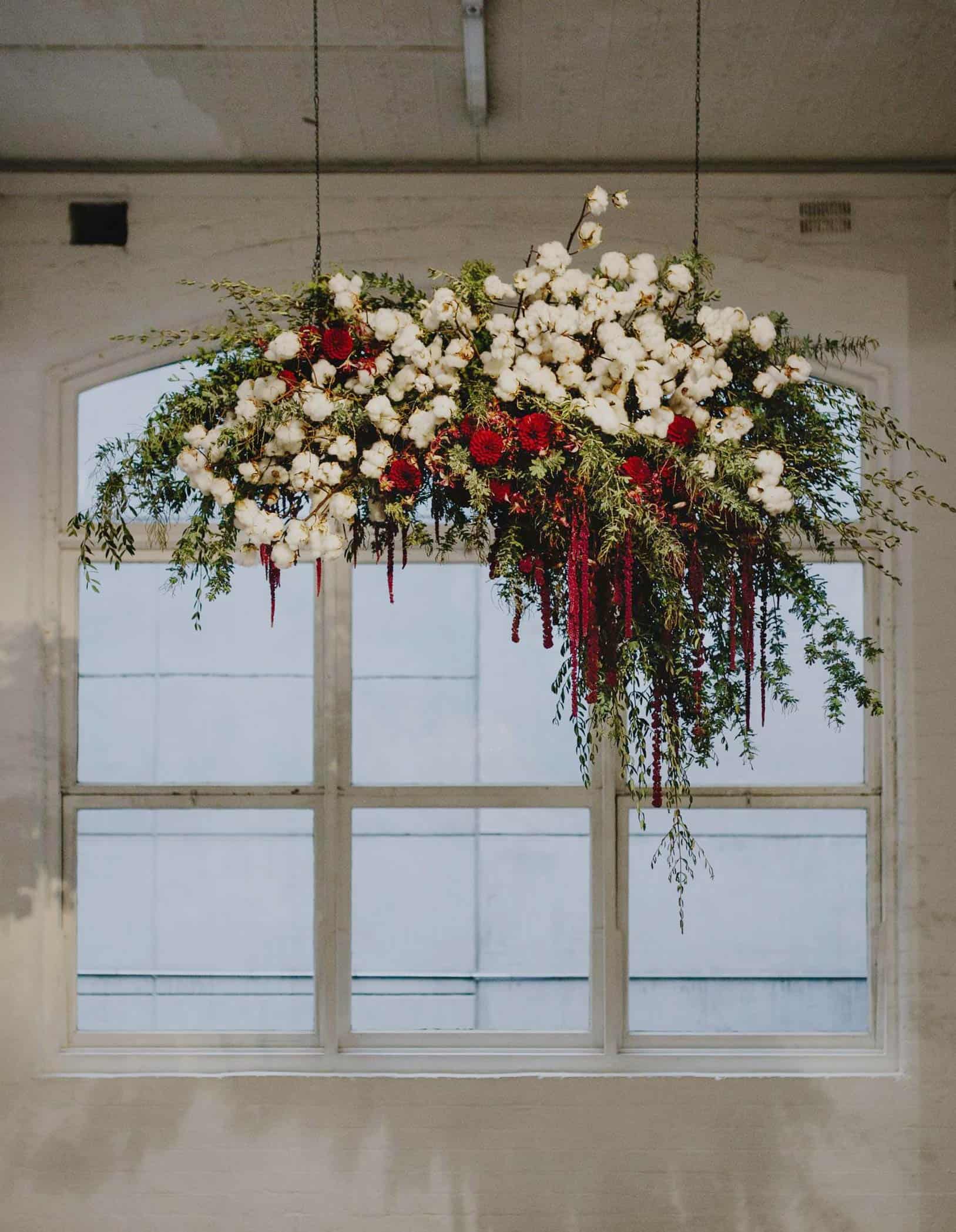
Using a an unexpected combination of cotton and amaranth, Megs from Good Grace & Humour created this unique hanging installation without floral foam. See more detail over at Ally & Pat’s wedding, captured by Long Way Home.
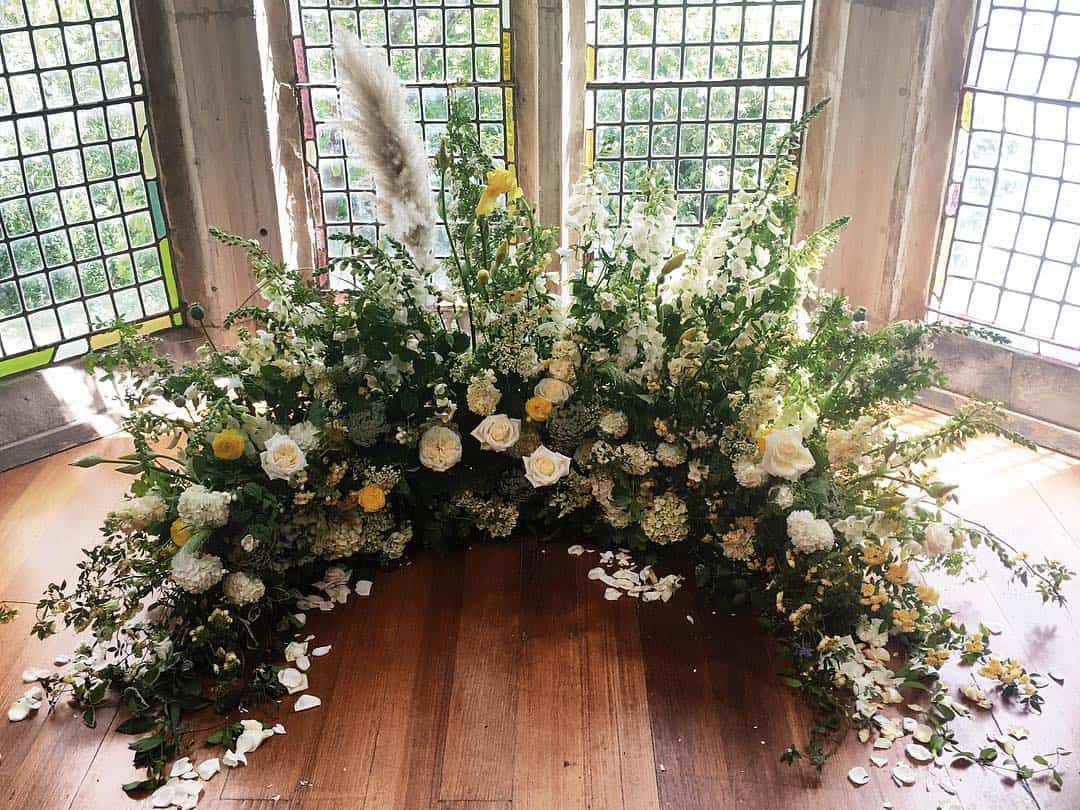
Ame of Raven & the Rose created this indoor garden ceremony backdrop floral foam free, for Kate and Matt’s wedding.
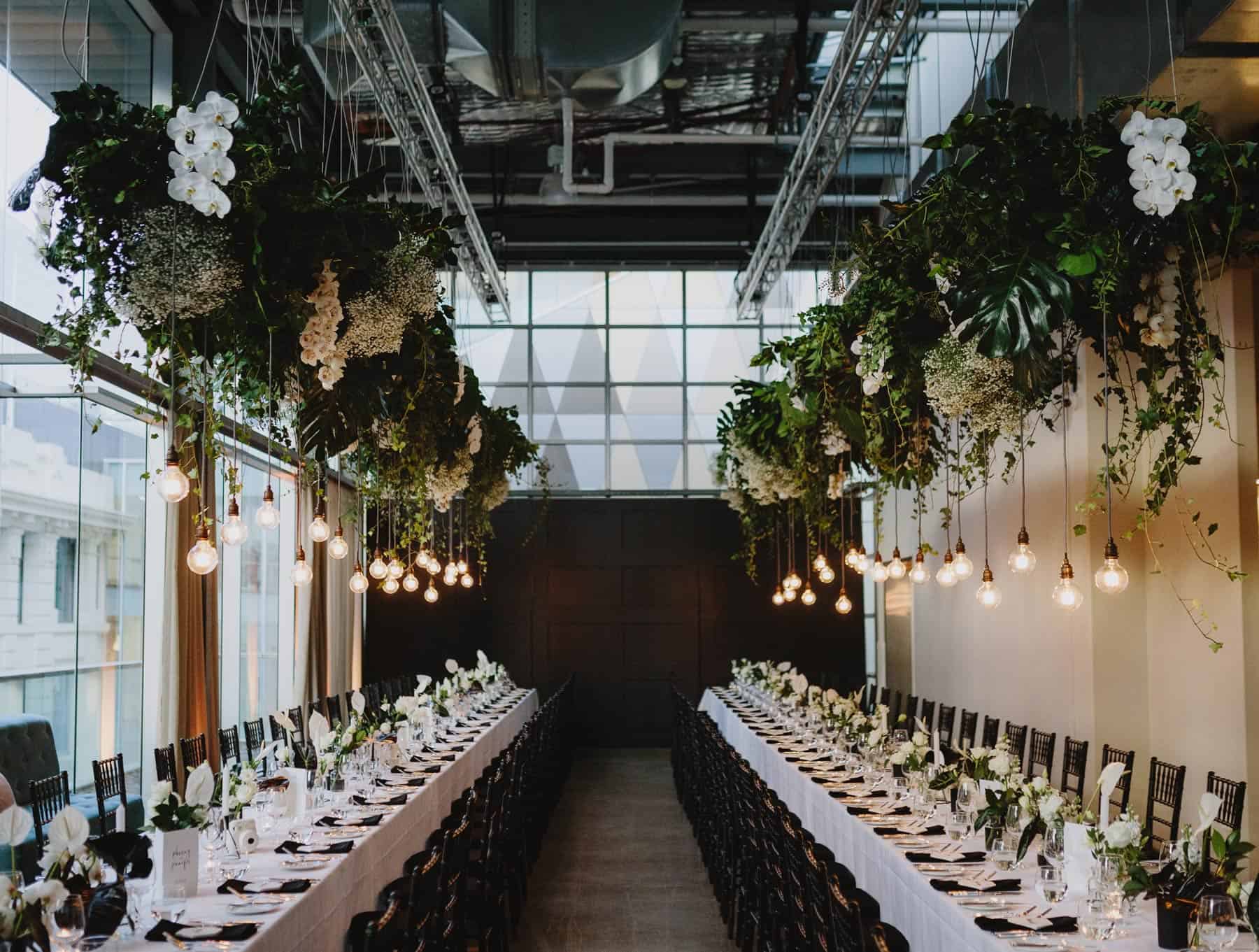
These huge greenery canopies were created by Pomp & Splendour without the use of floral foam. Image by Long Way Home Photography.
2. Choose local and seasonal
Nat from Zinnia tells us that using local growers, especially those with sustainable practices, can make a huge difference. “A lot of flowers are grown in countries with little governing over the chemicals used to grow these flowers, and wages and working conditions are poor,” she explains. “They reach our quarantine and are treated with more chemicals to stop the risk of bugs and disease entering our country.”
Nat goes on to explain that “sadly the imported flower industry has put many local farmers out of business. Ideally, I would love to use 100 per cent sustainably grown flowers, however right now it is not possible as there are only a handful of growers in WA. I have always grown flowers at home on a very small scale, this year we have decided to step it up and create a full cutting garden at our family farm in Waroona.”
For more ideas on what’s locally in season around your wedding date, check out our In Bloom series.

Wherever possible, Zinnia Floral Designs uses locally grown flowers and foliage. This canopy features almost entirely locally grown or foraged ingredients. Image by Katie Grant.
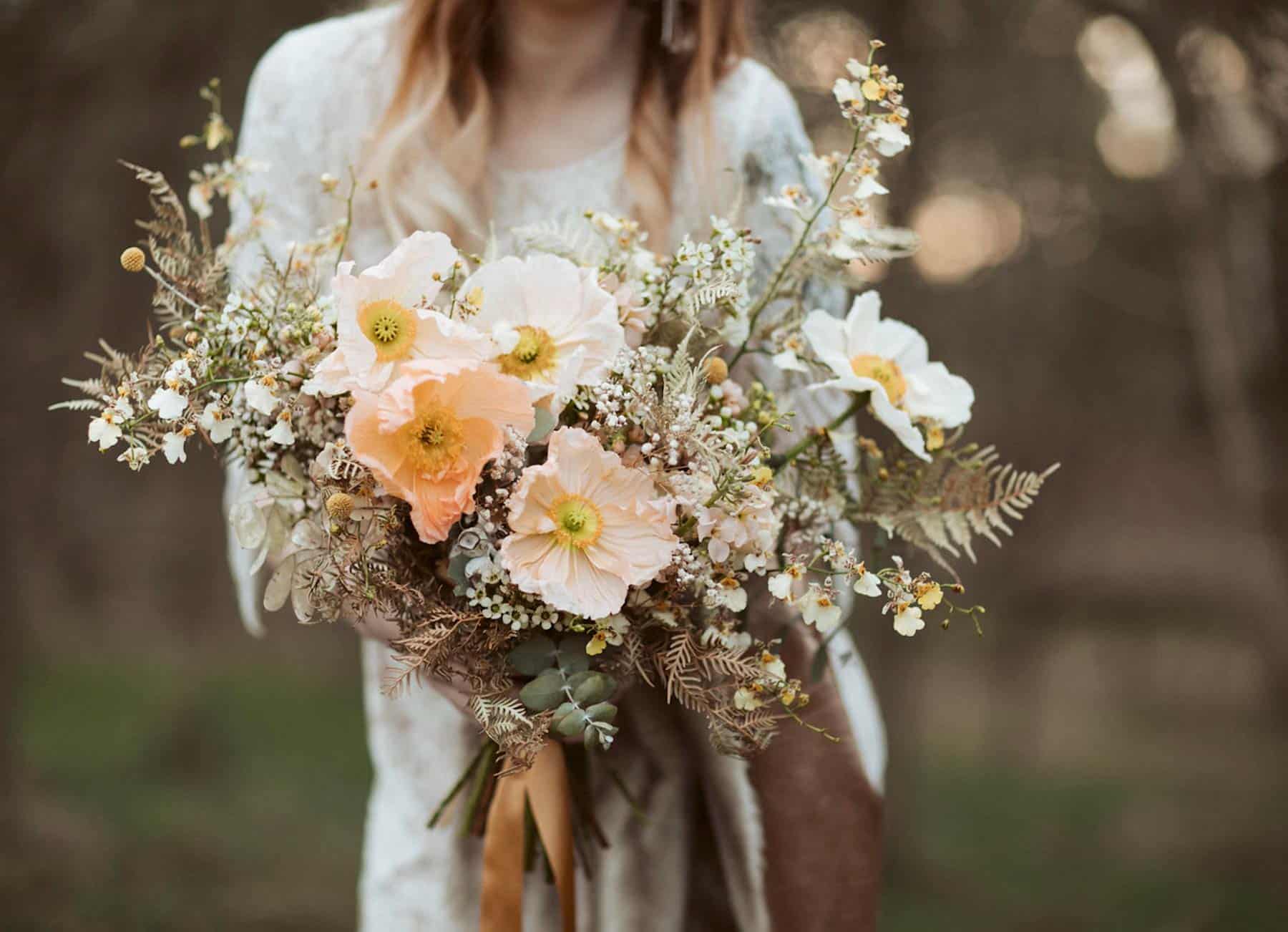
Wagga Wagga florist and micro farm Little Triffids Flowers use their own-grown blooms as often as possible. This bouquet features their farmed poppies as well as dried ingredients for texture. Image by Peppermint Studios.

Embracing the best of summer’s floral offerings, this bouquet by Good Grace & Humour features local and seasonal beauties including native banksia and wax flower.
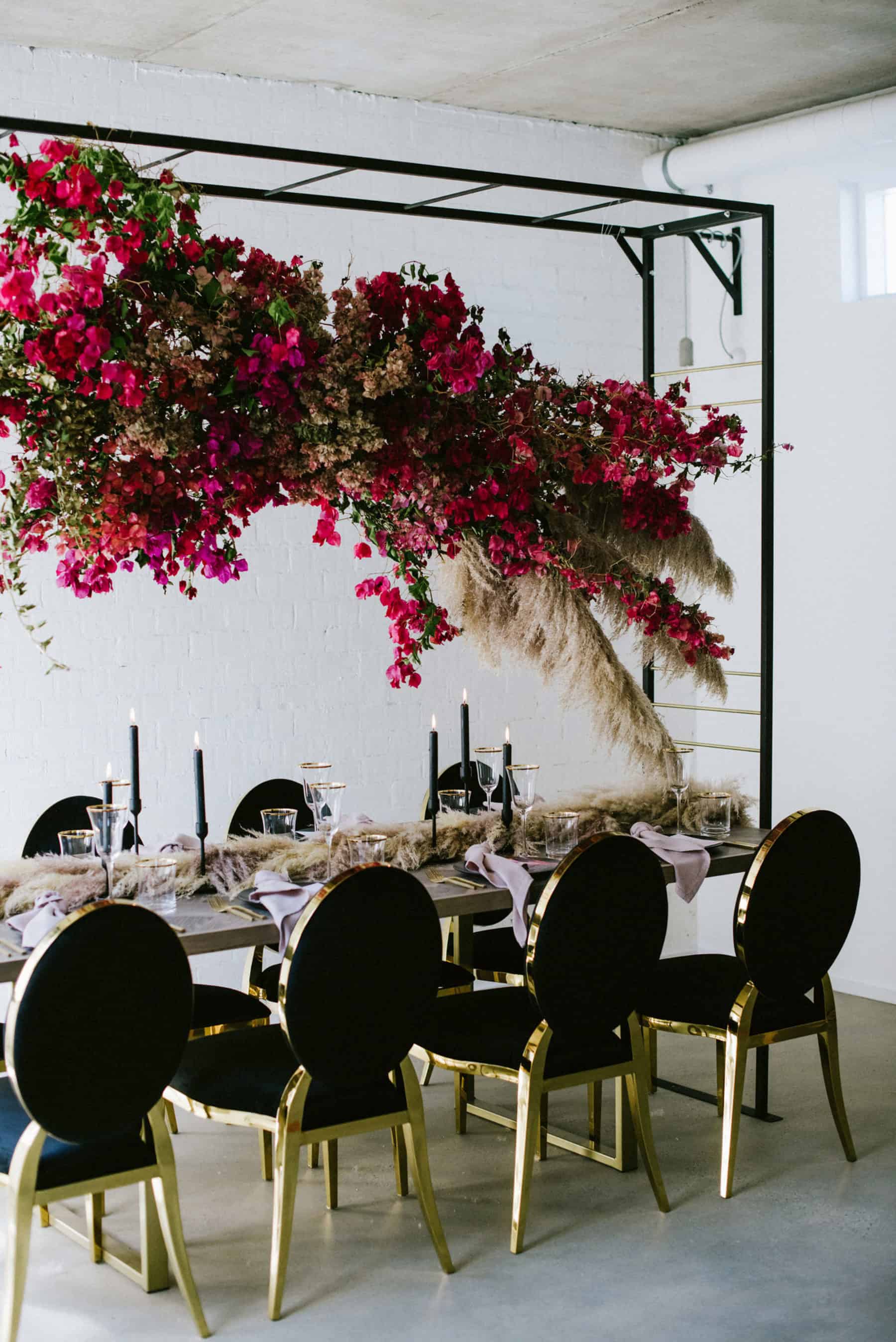
Bougainvillea grows abundantly in Western Australia and Sir Botanical used masses of it for this bridal shower shoot, captured by CJ Williams Photography. For more bougainvillea ideas, check out this post.
3. Pack-down properly
Talk to your florist about what will happen to your floral installations after your wedding. Will they go straight into the skip or be packed down properly? Any wire or plastic ties should be separated from the arrangements so that flowers can be reused and green waste composted.
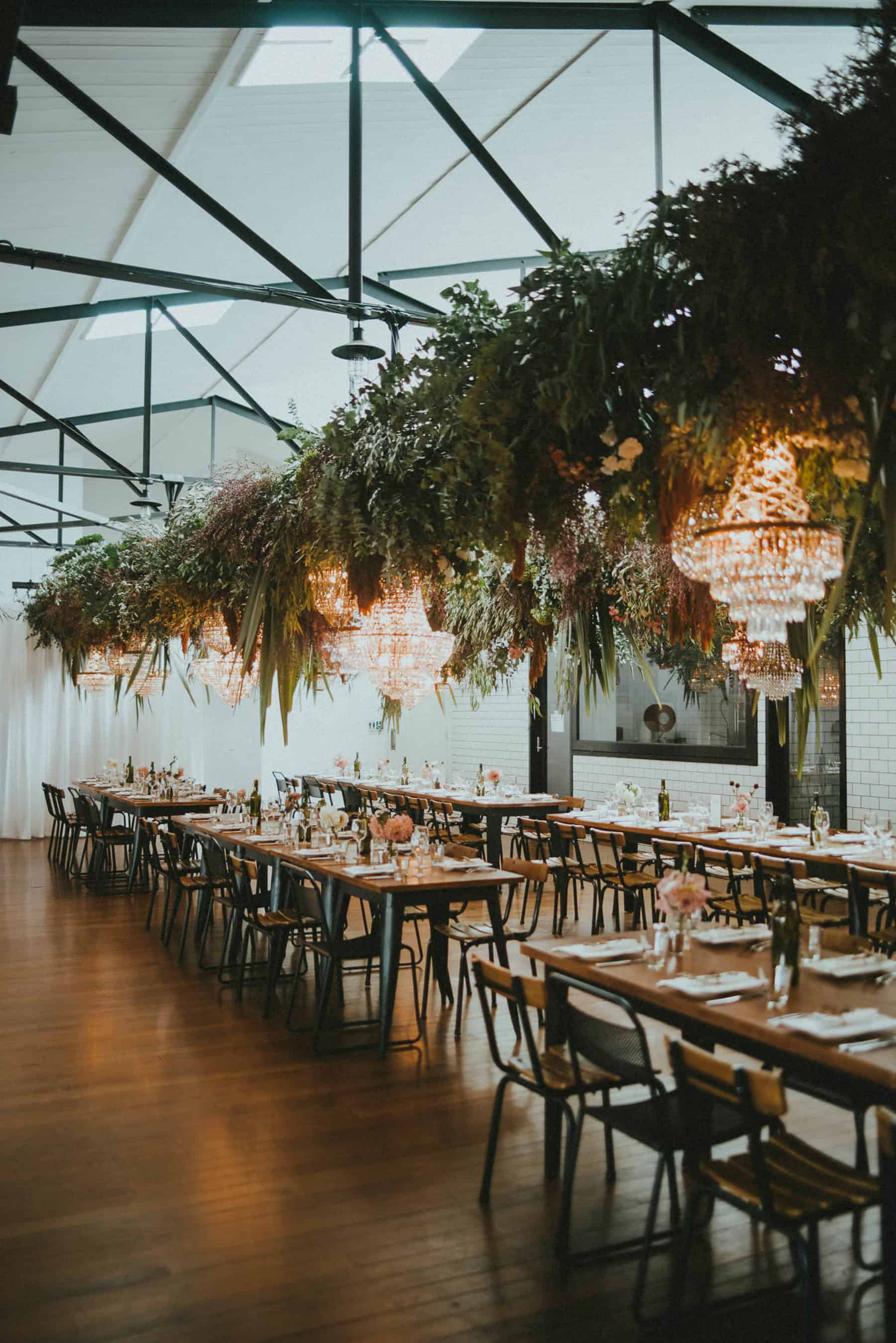
Pomp & Splendour installed 45 metres of foliage canopy (without floral foam) For Tash and Pete’s wedding, then dutifully dismantled in order to salvage reusable elements and compost any waste. Image by Tanya Volchanskaya.
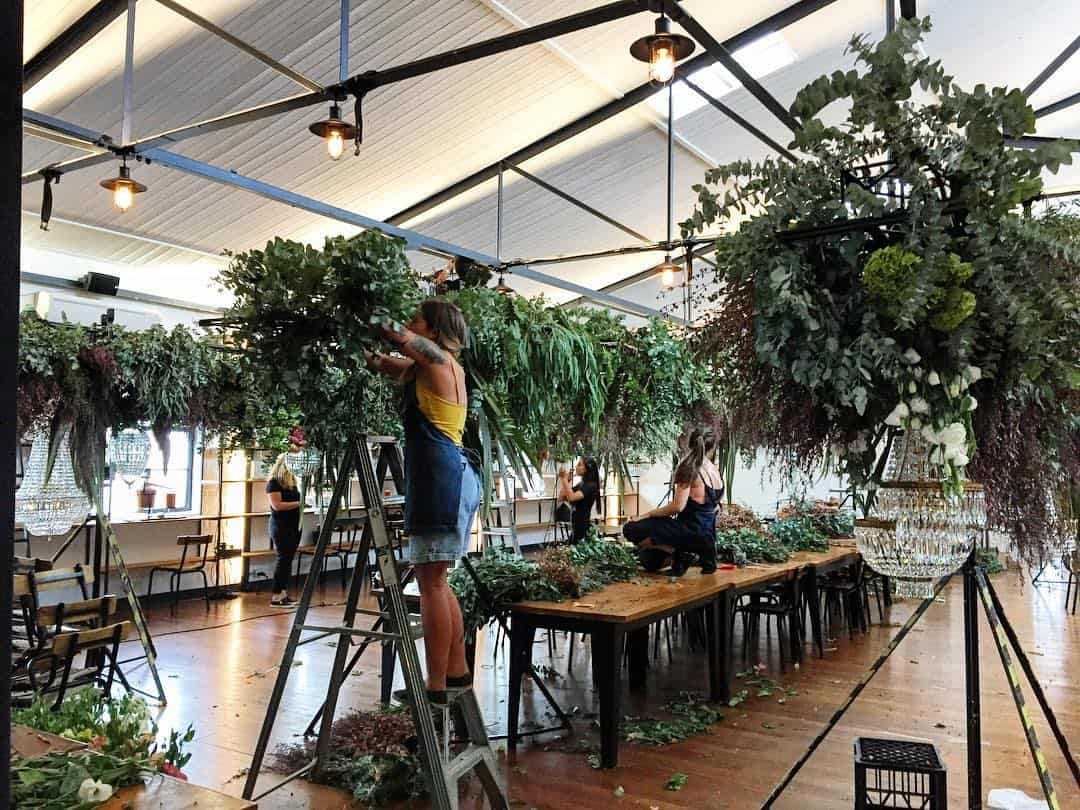
And here’s the Pomp & Splendour team dismantling the enormous installation! They say “It took two days to install and another three days to remove and sustainably dismantle (also worth noting that the venue was on the second floor!) During the pack down all cable ties and any wire was separated from the green waste.”
4. Re-purpose those beautiful blooms
Your florist will probably be able to use most of your wedding flowers again, so be sure to let them know you’re happy for them to be reclaimed! Foliage and hardier blooms can sometimes be used for upcoming events or shoots. Elements can also be dried for later use – there’s a growing trend for dried florals in installations and bouquets.
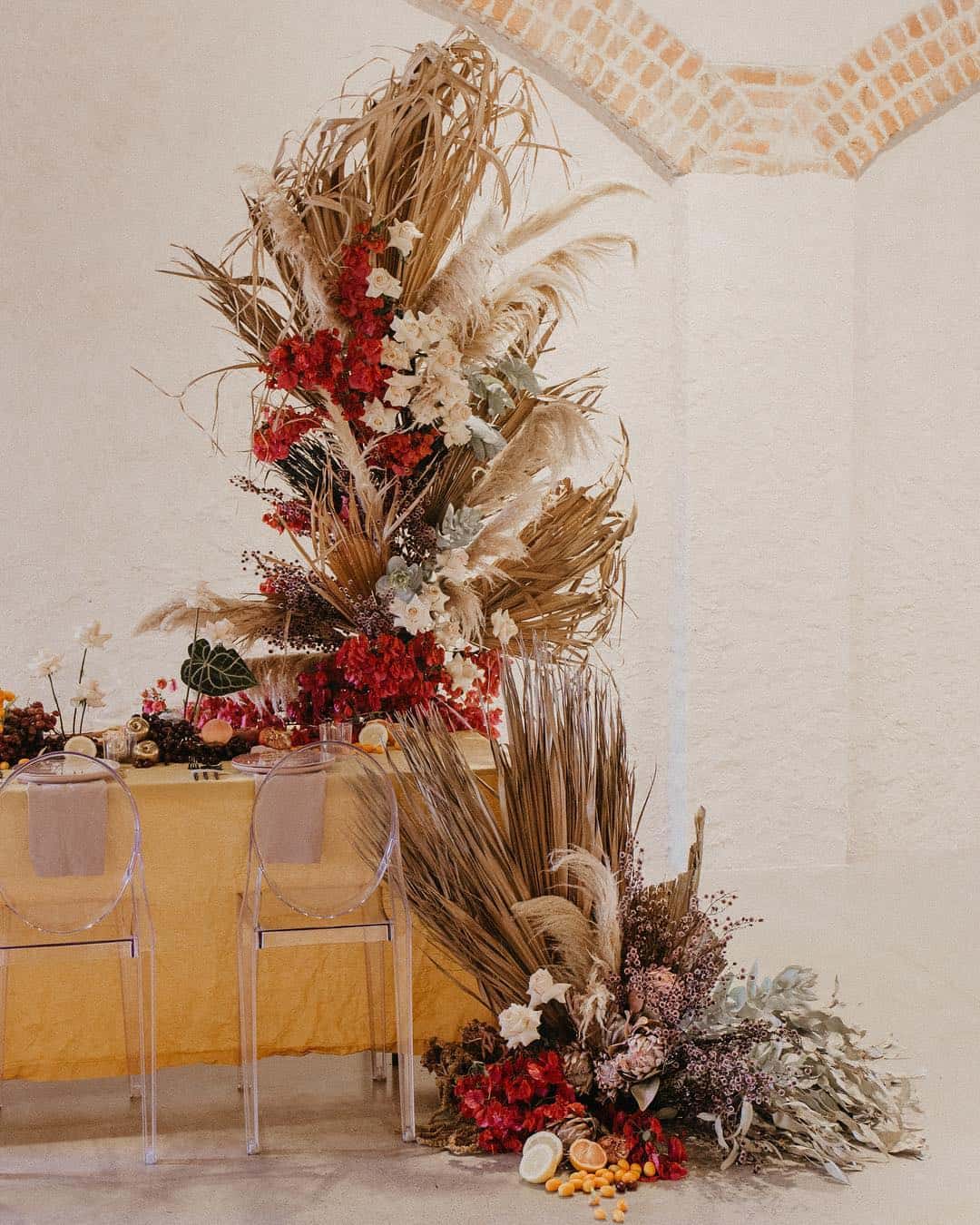
Sir Botanical created this textural installation with dried palm leaves, wild grasses and local bougainvillea. Image by Greta Wolzak.
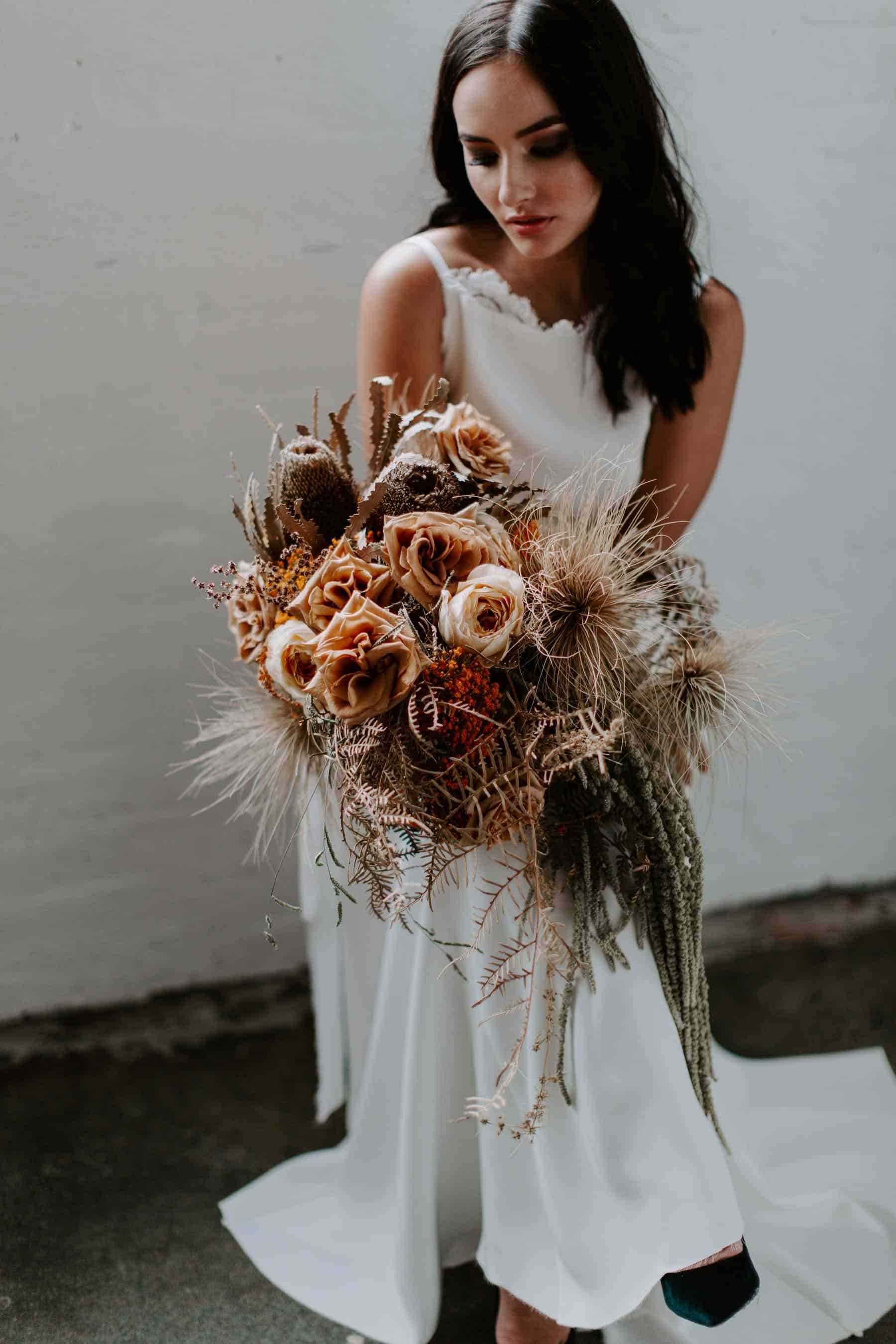
Other than a few fresh roses, this bouquet by Rose & Bud is comprised of dried flowers, foliage and sea grass. All ingredients were either reused from previous events, nabbed from roadside green waste or ethically foraged. Image by Samantha Simone.
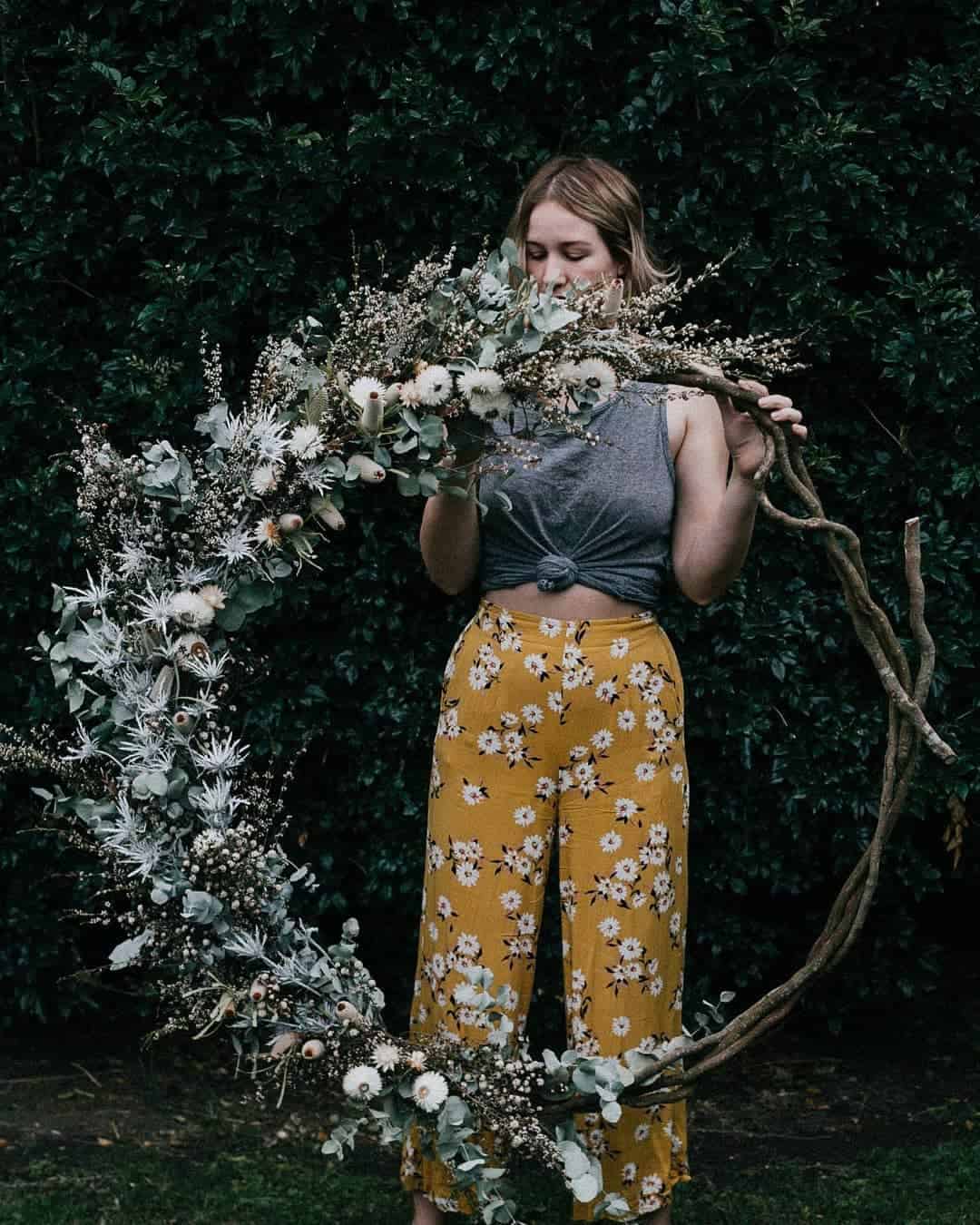
This ‘Forever Wreath’ by Film & Foliage was made using dried ingredients and will last for years! What could be a more beautiful wedding keepsake?
5. Set up a flower wrapping station
If you have a lot of table arrangements or easily accessible flowers, why not set up a flower wrapping station for your guests at the reception or at your recovery brunch the next day? Encourage guests to take them home, or donate them to your local nursing home.
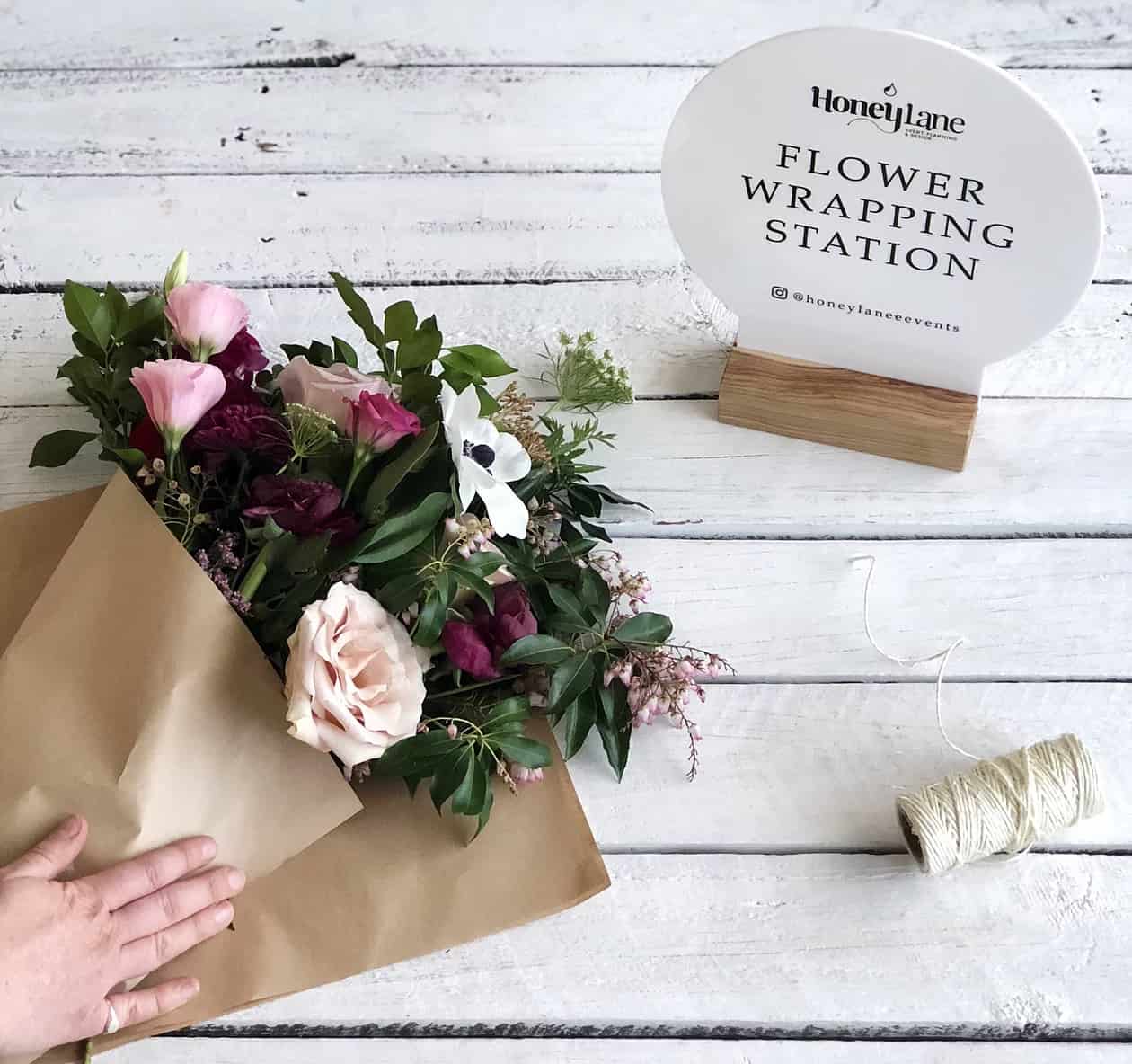
In place of wedding favours, the team over at Honey Lane suggest setting up a flower wrapping station for your guests.
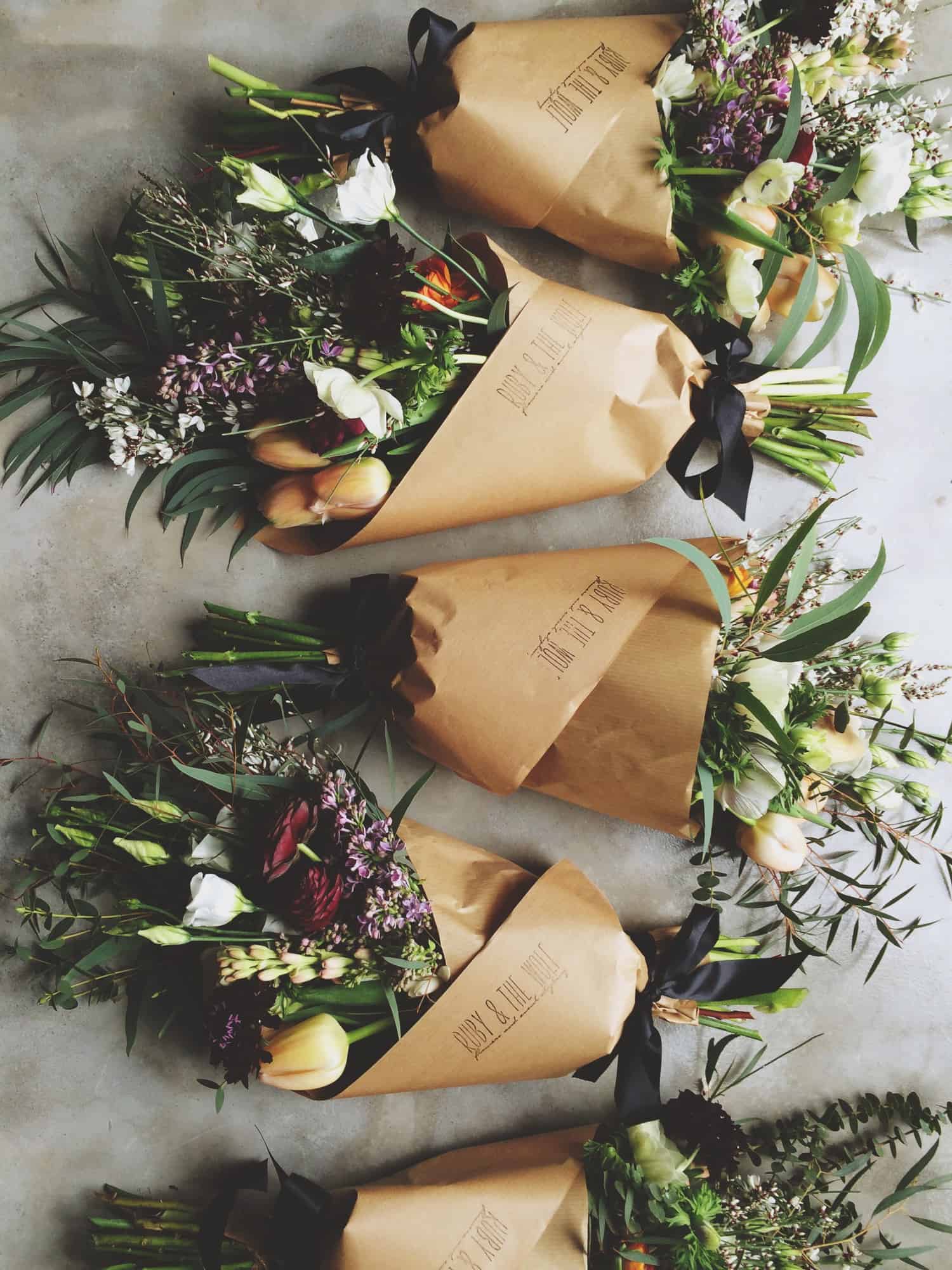
Oh come on! Who wouldn’t love to take home a cute little posy instead of sugared almonds (does anyone still do those?) Image from Ruby & the Wolf.
Credits
Header image Greta Wolzak | Other images various, as captioned |

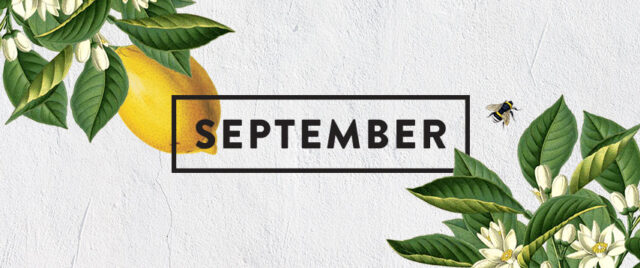
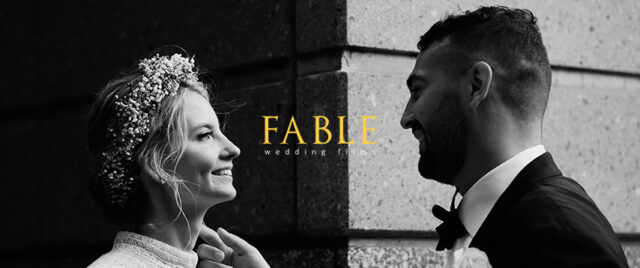
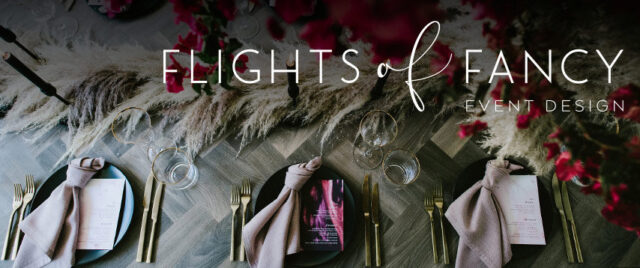

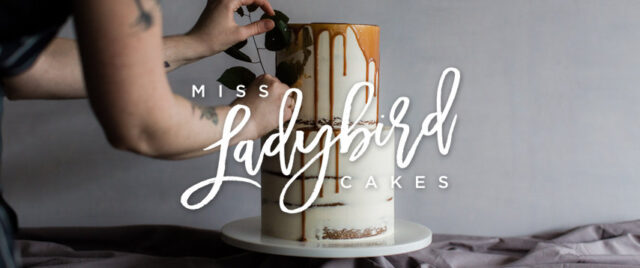
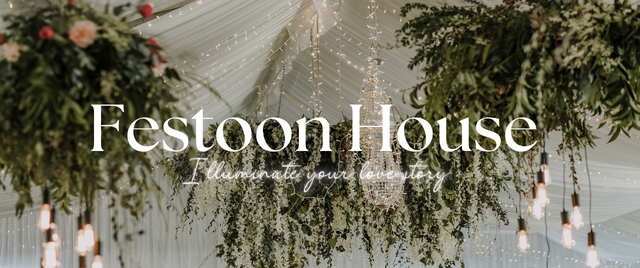
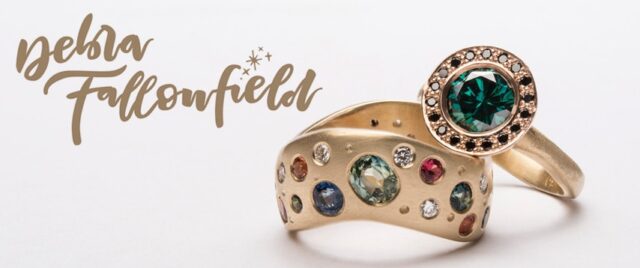
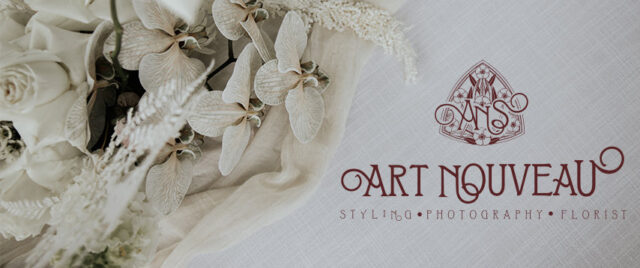



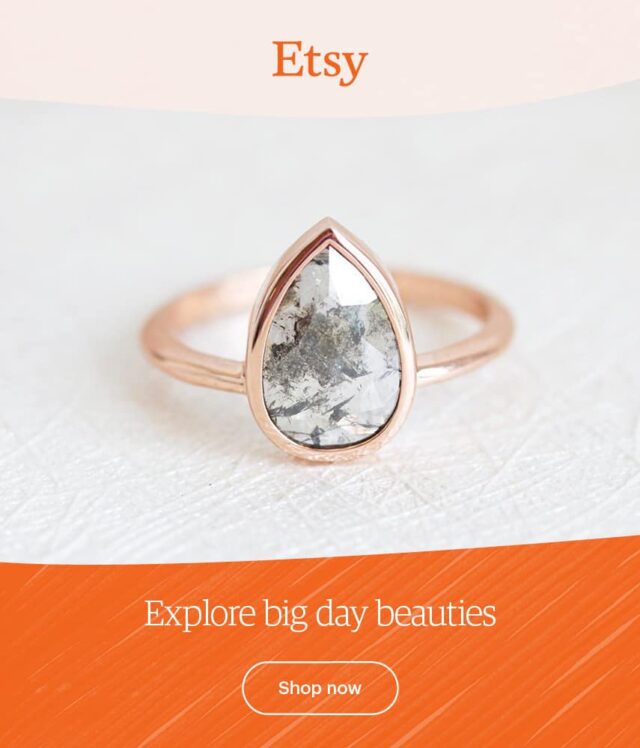

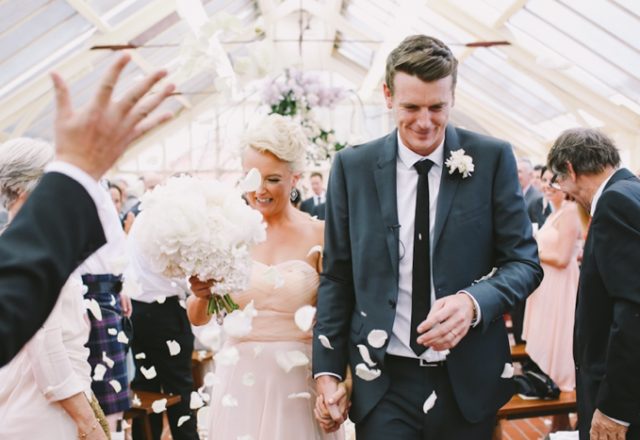
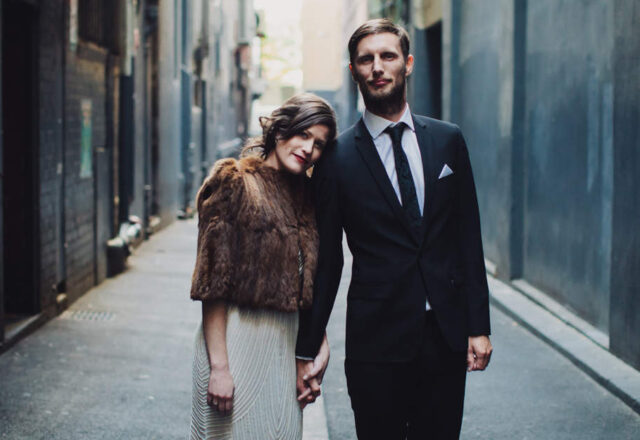
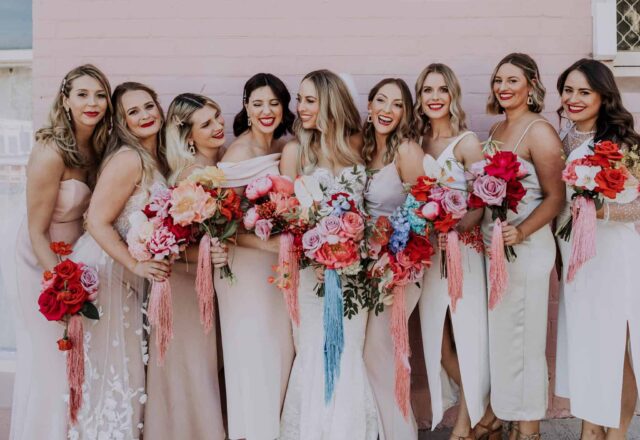

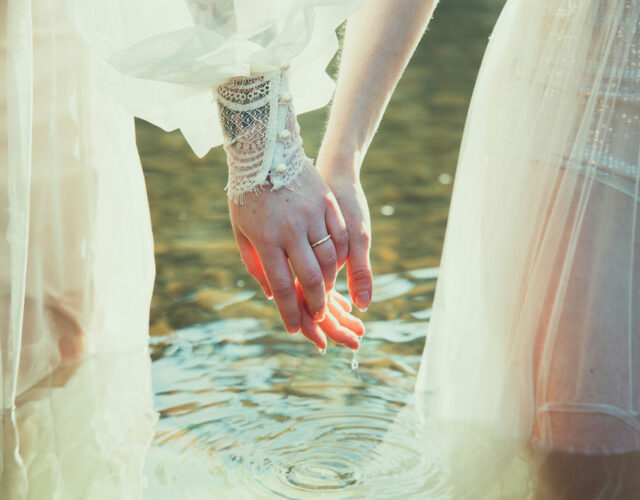
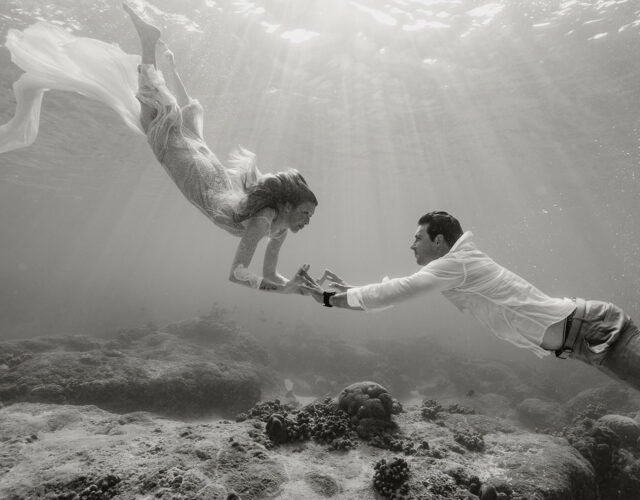
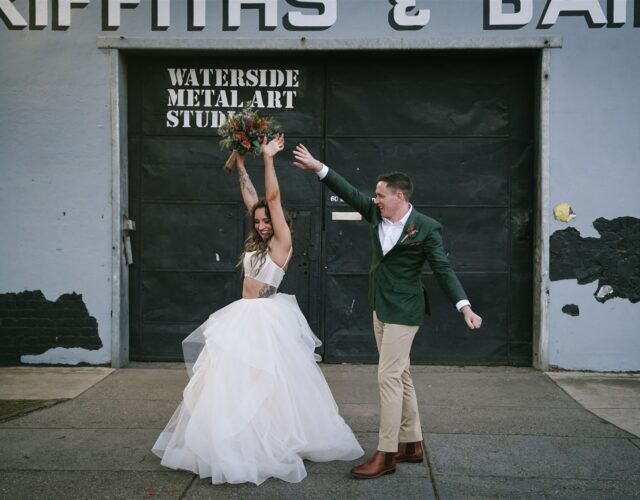
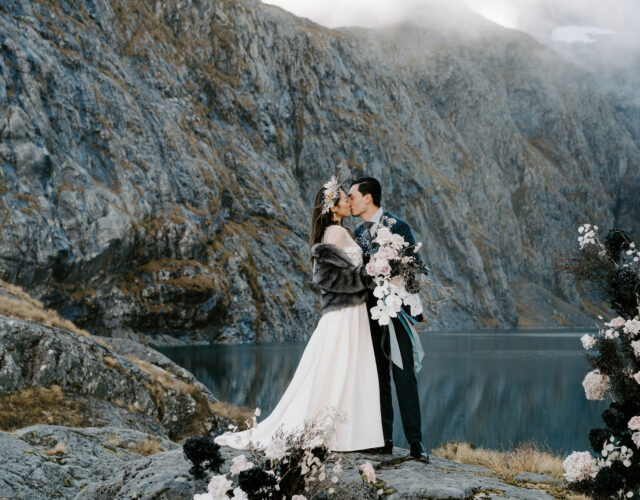
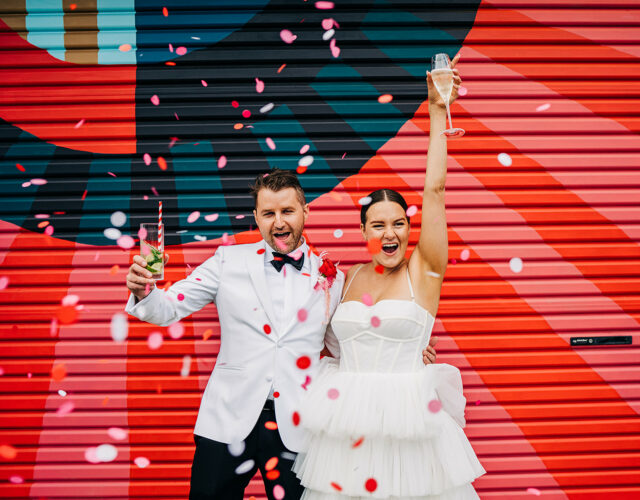
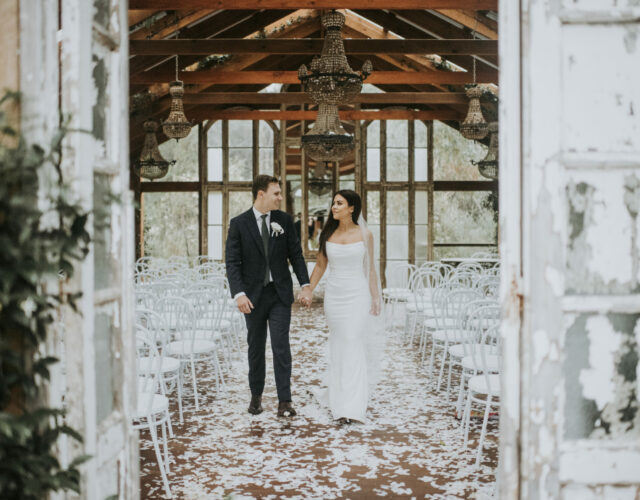
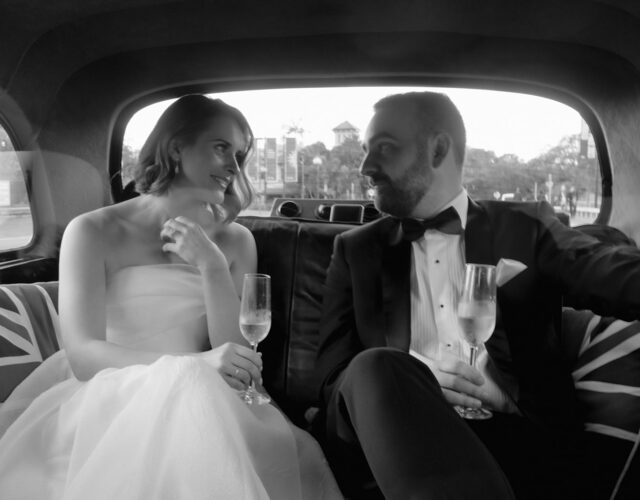
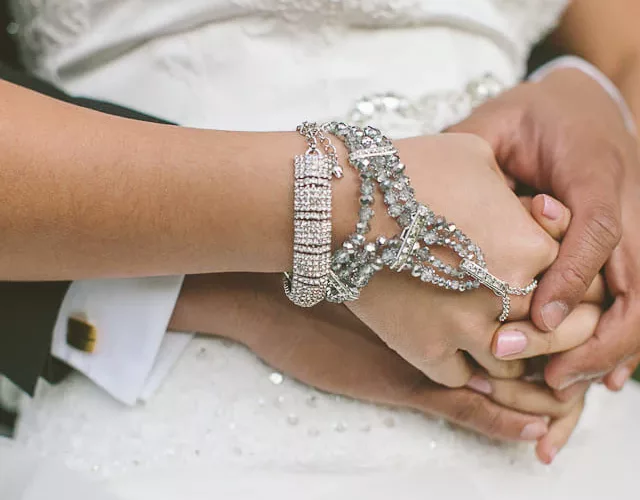
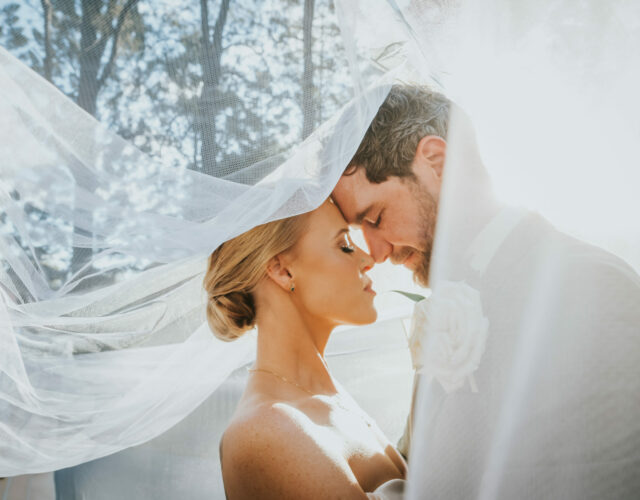
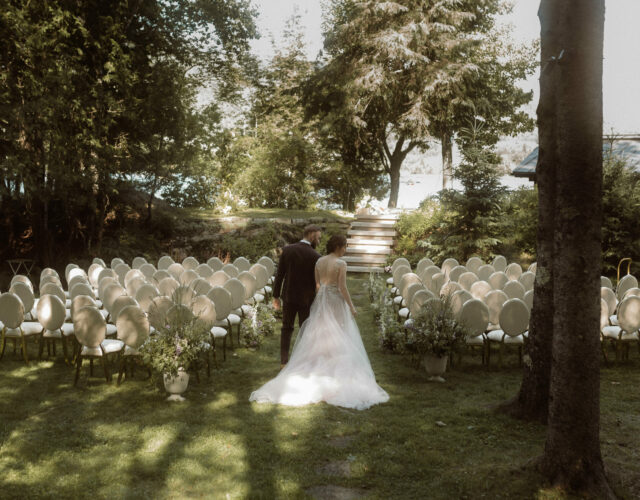
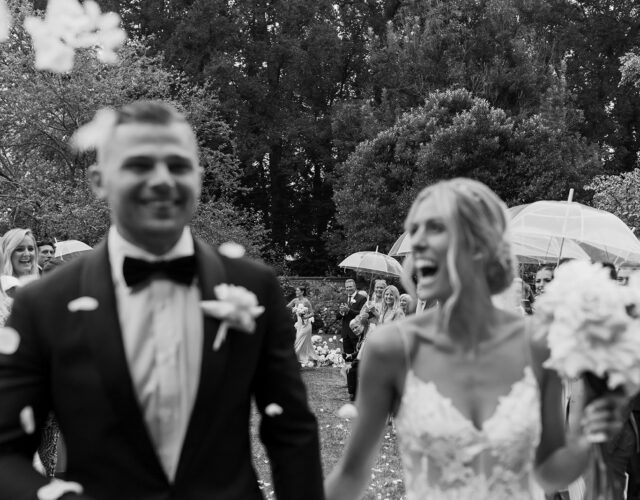
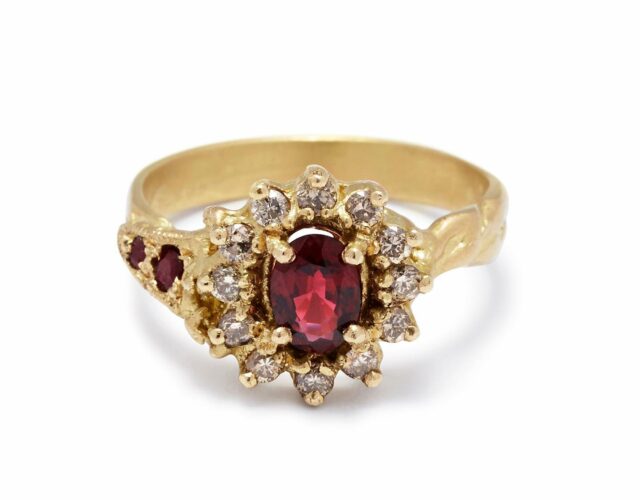

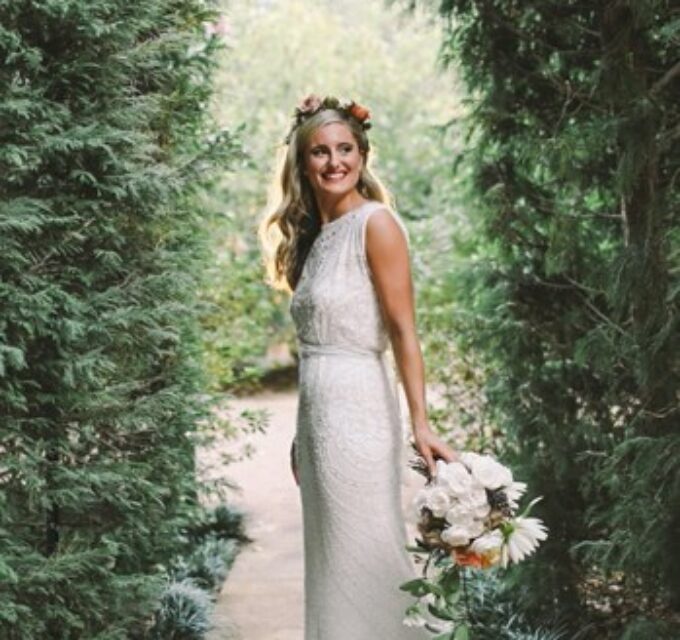

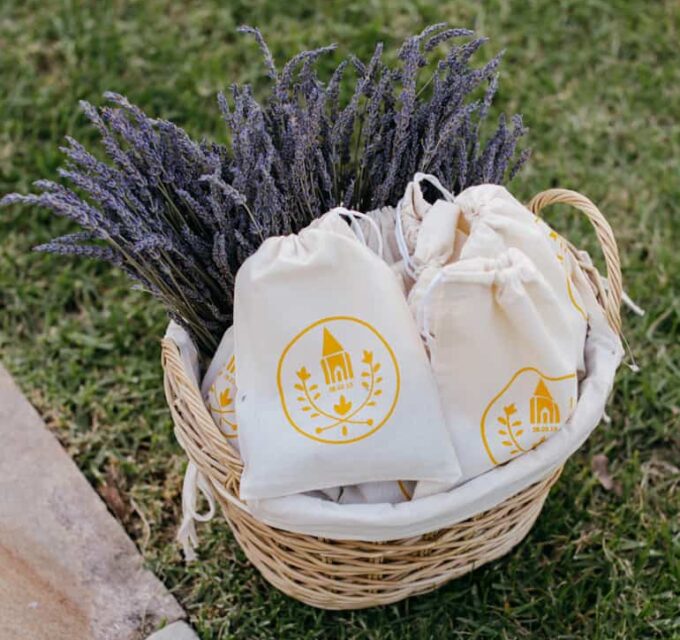
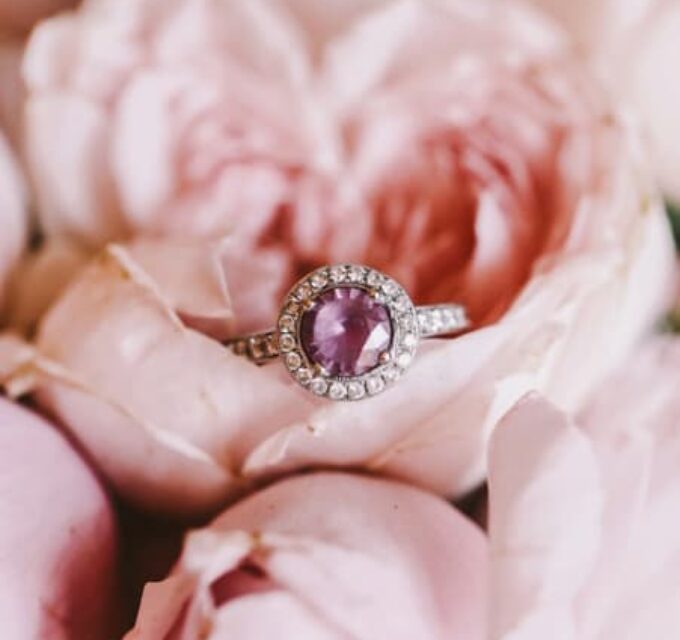
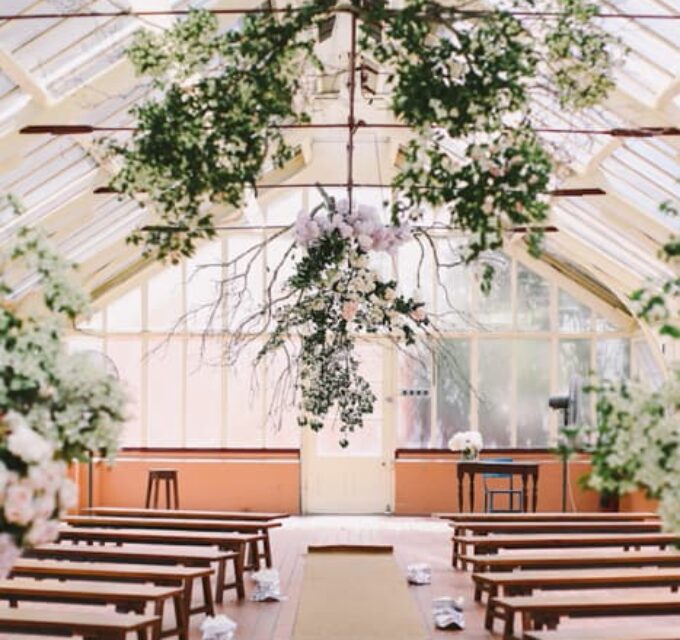
why they becoming more conscious of the environmental impact of weddings?
Flowers are definitely so expensive. My husband and I just decided to get it from a local floral shop and not only was it so easier to access them but we also got discounts for supporting local products! Such a steal!